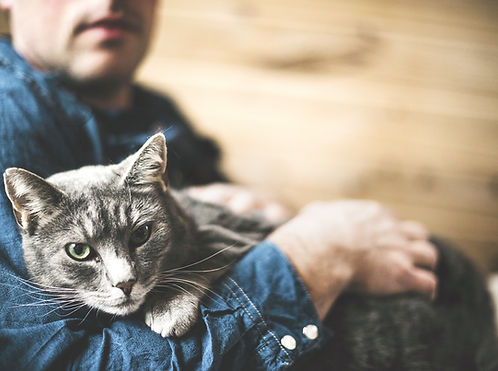Owning A Pet

Changes to expect
as cats age
Dogs are widely referred to as "man's best friend," and few dog owners can imagine life without their beloved pups. But Fido's feline counterparts are incredibly popular as well.
According to estimates from the American Society for the Prevention of Cruelty to Animals, somewhere between 74 million and 96 million cats are owned in the United States, putting cats on par with dogs (the ASPCA estimates Americans own between 70 million and 80 million dogs). Cats are also quite popular in Canada. The 2014 market research report titled "Canadian Pet Market Outlook," which examined pet ownership and pet trends throughout Canada, reported that there are 7.9 million cats in The Great White North, which is also home to 5.9 million dogs.
Many prospective pet owners feel that caring for cats must be easier than caring for dogs. Cats do not need daily walks to stay happy and healthy, and many cats do not crave attention as much as their canine counterparts. But caring for cats is not always so simple, especially as cats grow older.
The American Association of Feline Practitioners notes that some cats age faster than others. But older cats are often classified into three groups:
• Mature or middle-aged: 7 to 10 years (44 to 56 years for humans)
• Senior: 11 to 14 years (60 to 72 years for humans)
• Geriatric: 15-plus years (76-plus years for humans)
Though this might surprise some people, the AAFP notes that many cats can live well into their geriatric years, some even reaching their early twenties. Owners of geriatric cats may need to be extra diligent when caring for their felines, as cats often experience significant changes in their health and behavior as they age. It's important for cat owners to take their cats for routine veterinary checkups regardless of their cats' ages, but such appointments are especially necessary for aging cats. Because cats tend to require less attention than dogs, it can be harder for cat owners to notice changes in health or behavior in aging cats than they might notice with aging dogs. Routine vet visits can ensure that age-related health conditions don't go undiagnosed, and such visits may even help to delay the onset of certain problems.
The AAFP recommends that healthy older cats be examined by their veterinarians every six months. While that may seem frequent, six months for older cats is roughly equivalent to two years for human beings, and that's plenty of time for cats' health to change dramatically.
In between vet visits, cat owners can look for the following changes that cats often undergo as they age, calling their cats' vets immediately if any of these signs appear to be having any adverse effects on the cat.
• Altered sleep-wake cycle
• Changes in vision
• Appearance of brown spots in the iris
• Decreased sense of smell
• Brittle nails
• Decreased lung reserve
• Heart or circulatory problems
• Decreased ability to digest foods and absorb nutrients
• Loose skin
• Reduced ability to handle stress
• Changes in behavior
• Changes in mobility
More information about caring for aging cats is available at www.catvets.com


